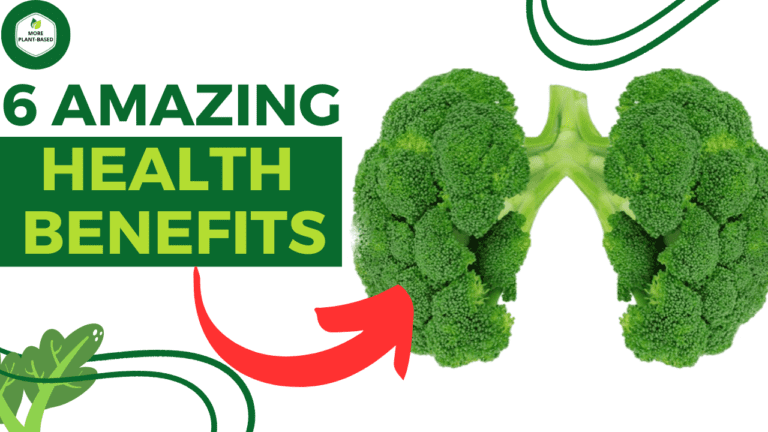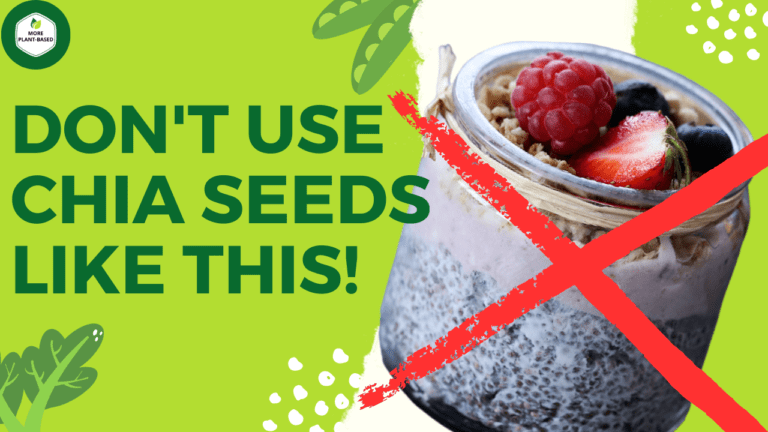Knowing what are fiber-rich foods is helpful in getting enough fiber into your diet. But did you know that by simply consuming one serving of each of these 3 most fiber-rich foods, you’d be getting more fiber than the average daily intake?

#3 Most fiber-rich food
If you’ve ever wondered what are fiber-rich fruits, then berries are one of the top picks.
Although all berries contain fiber, one berry surpasses them all.
But which one?
Strawberries, Blueberries, Raspberries, Blackberries, Cranberries, Goji berries, Elderberries, Boysenberries, Huckleberries, or perhaps Mulberries?
And the fiber king is…
Blackberries!
Not only do they have tons of antioxidants, one serving of blackberries contains 7.6 grams of fiber.
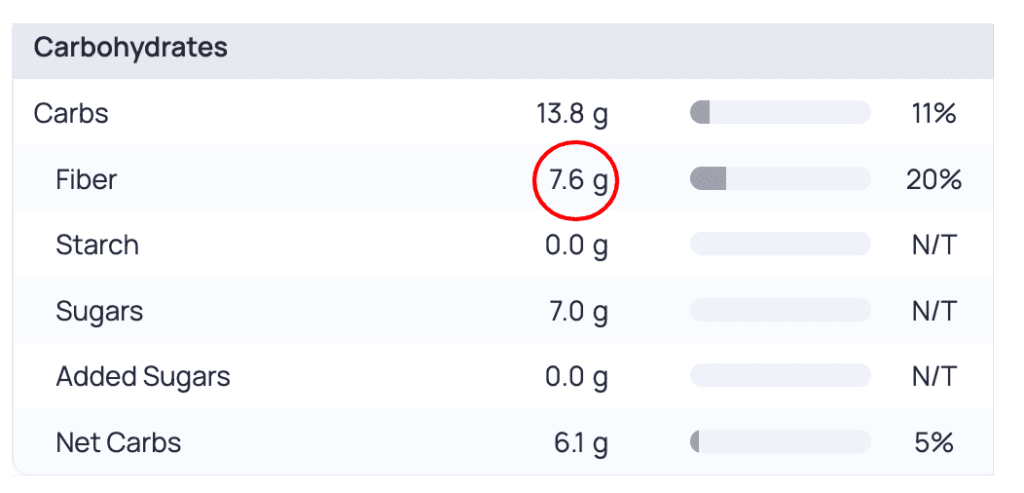
#2 Most fiber-rich food
We all know legumes contain fiber.
But what legume contains the most?
It’s plain old lentils. Half a cup of cooked lentils contains almost 8 grams of fiber!
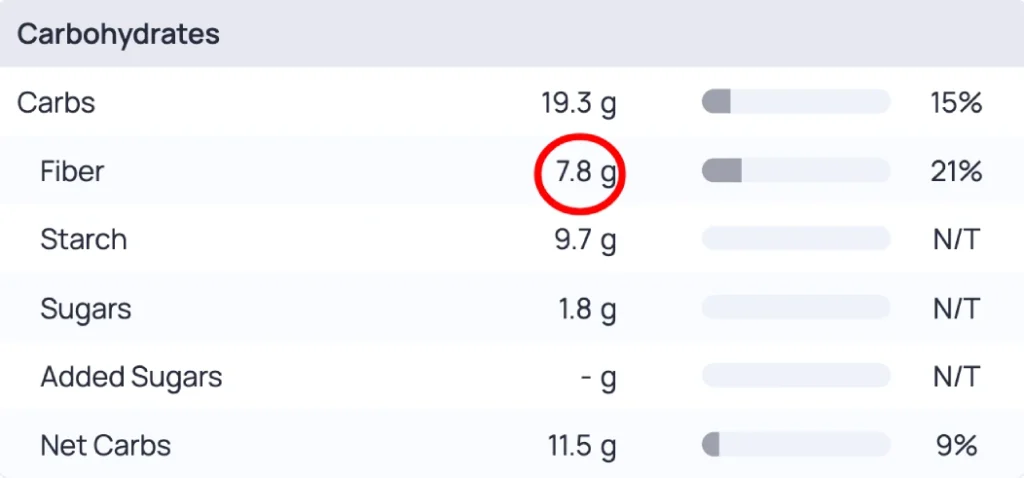
#1 Most fiber-rich food
Now for our number 1. The top source of fiber is something every overnight oat fan knows all too well:
Chia seeds.
One ounce of chia seeds (28 grams) contains about 10 grams of fiber.
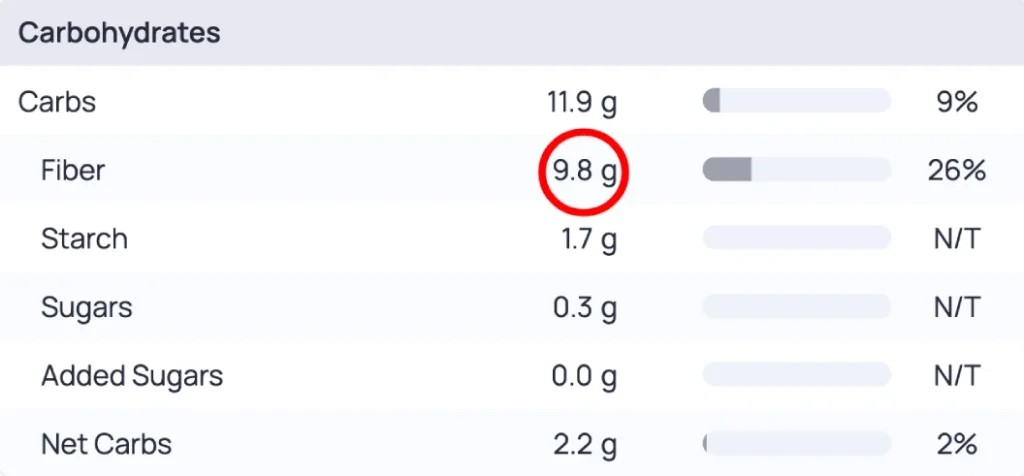
To calculate the fiber content, I have used the free user-friendly application Cronometer.
It can also easily help you track other nutrients like vitamins, minerals, protein, etc.
More fiber than the average intake
One serving of each makes 26 grams of fiber. That’s up to 10 grams more than the average intake.
If you don’t eat enough fiber, should you then suddenly start following a fiber-rich diet plan?
No.
But Why?
After all, fiber is not only good for digestive health, it also is linked to a reduced risk of dying from heart disease and cancer.
So what’s the problem then?
You should increase your fiber slowly, and give your body a chance to adjust. When you do, also drink a bit more water. Roughly one cup for every additional 10 grams of fiber in your diet, to help your body handle the extra fiber effectively.
How much fiber should you get?
According to the Academy of Nutrition and Dietietics, the recommended amount of dietary fiber is 14 grams for every 1,000 calories you consume, or, about 25 grams for women and 38 grams for men each day.
They further state that personal needs vary depending on your energy needs.
However, even then, it may not be ideal.
Some scientists suggest that we should consume at least 50 grams of fiber.
“Increasing dietary fibre intake to 50 g/day is likely to increase lifespan, improve the quality of life during the added years.”
Fifty grams may seem like a lot, but if you were to focus on consuming mostly whole plant foods, you’d hit that mark rather effortlessly.
Conclusion: The Top 3 Most Fiber-Rich Foods
Eating more fiber-rich foods is a natural way to increase your fiber intake.
Blackberries, lentils, and chia seeds stand out as truly amazing sources of fiber.
However, make sure include a variety of foods and don’t limit yourself to only a few sources. As long as you eat plenty of whole, unrefined, plant foods, you’re going to easily get in enough fiber.
Want to know more about transitioning to a more plant-based diet?Check out this comprehensive guide:
Plant-Based Diet for Beginners: A Comprehensive Step-By-Step Guide

